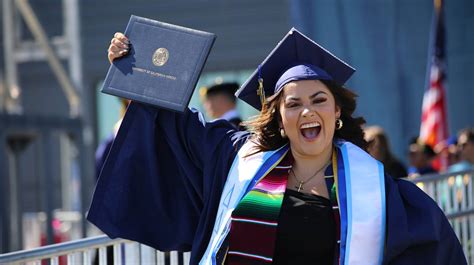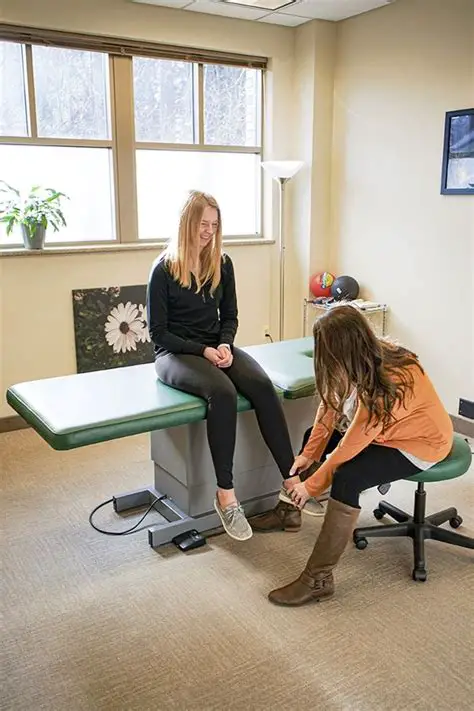Introduction

Osteopathic manipulative medicine (OMM) is a holistic approach to healthcare that combines traditional medical practices with manual techniques. It aims to treat the underlying causes of illness and promote overall well-being by addressing structural imbalances in the body. Michigan State University (MSU) is renowned for its comprehensive OMM program, which has been educating and training future osteopathic physicians for over a century.
History and Philosophy
OMM was developed in the late 19th century by Dr. Andrew Taylor Still, a physician who believed that the body has an innate ability to heal itself. He emphasized the importance of treating the whole person, not just the symptoms of illness. MSU’s OMM program embraces this holistic approach, focusing on the interplay between the musculoskeletal, nervous, and circulatory systems.
Education and Training
The MSU College of Osteopathic Medicine offers a four-year Doctor of Osteopathic Medicine (DO) program, which includes extensive OMM training. Students receive a rigorous foundation in anatomy, physiology, and pathology, as well as practical experience in OMM techniques. They learn how to use their hands to diagnose and treat a wide range of musculoskeletal conditions, such as:
- Back pain
- Neck pain
- Headaches
- Sports injuries
Clinical Applications
OMM has numerous clinical applications, including:
- Pain management: OMM techniques can effectively reduce pain and improve function in patients with chronic pain conditions.
- Neuromusculoskeletal conditions: OMM can help improve range of motion, reduce muscle spasms, and relieve nerve pain.
- Respiratory conditions: OMM techniques can improve breathing patterns and reduce congestion in patients with asthma and other respiratory problems.
- Digestive disorders: OMM can alleviate symptoms of gastrointestinal disorders, such as irritable bowel syndrome (IBS) and acid reflux.
Benefits of OMM
Research has shown that OMM offers numerous benefits, including:
- Reduced pain: Studies have found that OMM can significantly reduce pain levels in patients with musculoskeletal conditions.
- Improved mobility: OMM can improve range of motion and reduce stiffness, making it easier for patients to perform daily activities.
- Enhanced function: OMM can improve the function of various body systems, including the digestive, respiratory, and musculoskeletal systems.
- Reduced medication usage: OMM can help reduce the need for pain medications and other prescriptions.
How OMM Works
OMM works by manipulating the body’s musculoskeletal system to improve circulation, reduce nerve irritation, and promote relaxation. It involves applying gentle pressure and stretching techniques to specific areas of the body. By addressing structural imbalances, OMM helps restore the body’s natural balance and promote self-healing.
Step-by-Step OMM Approach
A typical OMM treatment session involves the following steps:
- Assessment: The osteopathic physician conducts a thorough physical examination to assess the patient’s symptoms, posture, and range of motion.
- Treatment: The physician uses OMM techniques to manipulate the body’s musculoskeletal system, targeting specific areas of concern.
- Follow-up: The physician monitors the patient’s progress and may adjust the treatment plan as needed.
Why OMM Matters
OMM is an important addition to the healthcare landscape because it offers a unique and effective way to treat a wide range of conditions. It emphasizes the body’s ability to heal itself and provides patients with a non-invasive and drug-free treatment option.
Pros and Cons of OMM
Pros:
- Effective for treating musculoskeletal conditions
- Non-invasive and drug-free
- Improves mobility and function
- Reduces pain and inflammation
Cons:
- Requires training and expertise to administer correctly
- May not be covered by all insurance plans
- Some patients may experience temporary discomfort
Transcend the Boundaries: Novel Applications of OMM
In recent years, research has explored novel applications of OMM beyond its traditional uses. Some promising new areas include:
- Mental health: OMM is being studied as a complementary treatment for anxiety, depression, and other mental health conditions.
- Cognitive function: OMM may improve cognitive function in patients with Alzheimer’s disease and other neurodegenerative disorders.
- Cancer care: OMM can provide relief from pain, nausea, and other symptoms in cancer patients.
Conclusion
Osteopathic manipulative medicine is a valuable tool for treating a wide range of health conditions. MSU’s comprehensive OMM program provides students with the knowledge, skills, and clinical experience necessary to become skilled osteopathic physicians. By combining traditional medical practices with manual techniques, OMM empowers patients to take an active role in their own health and well-being. As research continues to explore new applications of OMM, its potential to improve the lives of countless individuals only continues to grow.
Additional Resources
- American Osteopathic Association
- Michigan State University College of Osteopathic Medicine
- National Center for Complementary and Integrative Health
Tables
Table 1: Comparison of OMM and Traditional Medicine
| Feature | OMM | Traditional Medicine |
|---|---|---|
| Focus | Holistic, treating the whole person | Symptom-based, treating specific ailments |
| Methods | Manual techniques, non-invasive | Pharmaceuticals, surgery, invasive procedures |
| Philosophy | Body has innate ability to heal itself | Body as a machine, requires external interventions |
Table 2: Benefits of OMM
| Benefit | Description |
|---|---|
| Reduced pain | OMM techniques effectively alleviate pain in musculoskeletal conditions |
| Improved mobility | OMM improves range of motion and reduces stiffness, enhancing daily function |
| Enhanced function | OMM supports the function of various body systems, including digestion and respiration |
| Reduced medication usage | OMM can decrease the need for pain medications and other prescriptions |
Table 3: Conditions Treated by OMM
| Condition | Description |
|---|---|
| Back pain | Chronic and acute back pain, including sciatica and herniated discs |
| Neck pain | Neck stiffness, headaches, and nerve entrapment |
| Headaches | Tension headaches, migraines, and cervicogenic headaches |
| Sports injuries | Sprains, strains, and other injuries sustained during athletic activities |
Table 4: OMM Techniques
| Technique | Description |
|---|---|
| Soft tissue massage | Gentle manipulation of muscles and connective tissues |
| Joint mobilization | Gentle manipulation of joints to improve range of motion |
| High-velocity low-amplitude thrusts (HVLAT) | Quick, short thrusts to improve joint alignment |
| Counterstrain | Holding a muscle or joint in a specific position to release tension |
